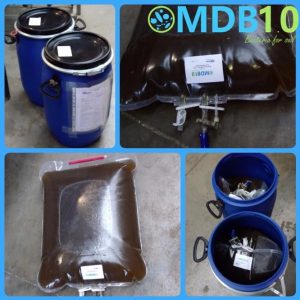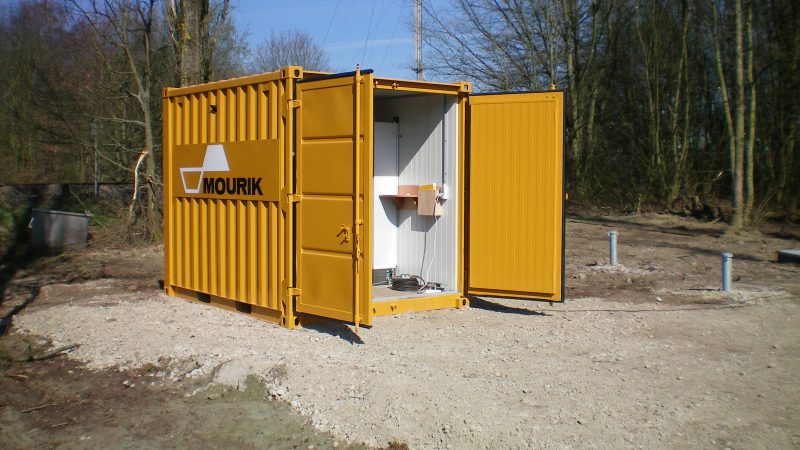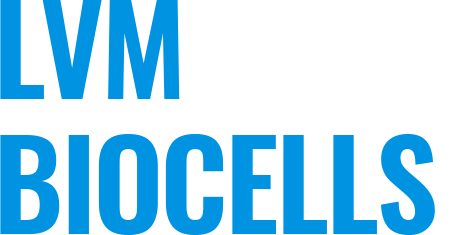About
LVM Biocells
This LIFE+ project focuses on a cost-efficient, energy efficient and environmentally advantageous innovative remediation technology. It can be the solution for:
- in situ remediation systems where an increase in groundwater flow is necessary for the success of the technique,
- sites where multiple contaminations are present (e.g. heavy metals can also be precipitated by microbial population) and
- large CAH contaminations that are difficult and very expensive to remediate with traditional remediation techniques.




